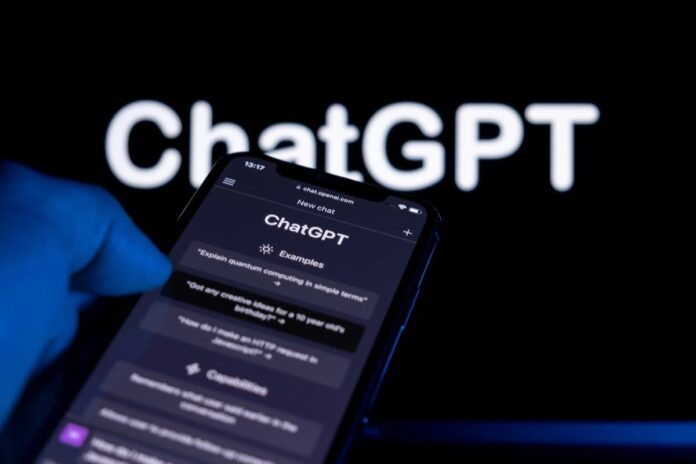In a world where technology continually pushes boundaries, the emergence of ChatGPT’s ability to craft functional code has captivated the minds of many. In February, I personally witnessed its coding prowess when I tasked it with generating a WordPress plugin for a simple project on my wife’s website. While the results were promising, they also highlighted the complex interplay between ChatGPT’s capabilities and the nuances of coding.
Cracking the Code with ChatGPT: A Closer Look
The question that arises is how can ChatGPT be harnessed as a coding tool within your daily programming endeavors. To answer this, we delve into the depths of its coding abilities, its strengths, and where it stumbles.
Mastering the Art: Where ChatGPT Excels
Two critical aspects shape ChatGPT’s relationship with code: its aptitude for generating practical code and its limitations in navigating complex programming tasks. In my experimentation, it became evident that ChatGPT can indeed produce useful code, but it also possesses the tendency to veer off course, generating convoluted and unusable outputs.
Let’s rewind to my encounter with ChatGPT. After its initial success in crafting a WordPress plugin, I decided to explore its potential further. I challenged it with a detailed prompt involving the creation of a Mac application, providing comprehensive descriptions of interface elements, interactions, settings, and more. The result was a barrage of text and code that, unfortunately, lacked coherence and viability. Subsequent attempts yielded similar outcomes: ChatGPT’s capability to generate entire applications proved inadequate. If your request involves building a complete application or if you’re seeking a full-fledged project without coding knowledge, ChatGPT is unlikely to fulfill your expectations.
ChatGPT as an Aid, Not a Replacement
However, ChatGPT shines when used as a supportive tool for programmers who possess foundational coding skills. For instance, requesting ChatGPT to develop specific routines or assist with task-oriented coding proves successful. While it falters in creating apps that run seamlessly, it excels in delivering code snippets or routines that can be integrated into larger projects. Its knowledge extends to domain-specific information, but it lacks the depth of experience needed to address intricate and complex issues.
For users well-versed in coding, ChatGPT proves invaluable for demonstrating techniques, crafting algorithms, and generating subroutines. It’s also remarkably useful for breaking down complex projects into manageable components, helping programmers navigate the labyrinthine landscape of code construction.
Harnessing ChatGPT: A Step-by-Step Guide
Here’s a practical guide to leveraging ChatGPT for code writing:
1. Refine Your Request: Precision is Key
Before engaging ChatGPT, outline your request with precision. Define the function or routine you seek to create and identify the parameters, inputs, and outputs. Crafting a clear and comprehensive prompt mirrors the process of instructing a human programmer, setting the stage for successful collaboration.
2. Explore Libraries and Resources
Utilize ChatGPT’s aptitude for resource discovery. Task it with identifying suitable libraries, frameworks, or tools for your project. While ChatGPT’s responses should be verified, it can guide you toward relevant resources, saving time in your coding journey.
3. Seek Example Code
ChatGPT is adept at generating example code. Ask it to provide code snippets or routines that address specific tasks or functionalities. Remember that these snippets serve as starting points rather than final solutions. Code maintenance, refinement, and integration remain essential steps in the coding process.
4. Engage in Conversational Dialogue
Employ ChatGPT as a conversation partner, much like consulting an expert. Engage in an interactive dialogue to refine your coding approach, address queries, and clarify doubts. ChatGPT’s conversational capabilities facilitate iterative problem-solving.
5. Test and Verify
Just as with human-generated code, always test and verify the code ChatGPT provides. Bug identification, testing, and optimization remain vital stages of the coding process. Code, whether produced by humans or AI, requires rigorous evaluation before integration.


